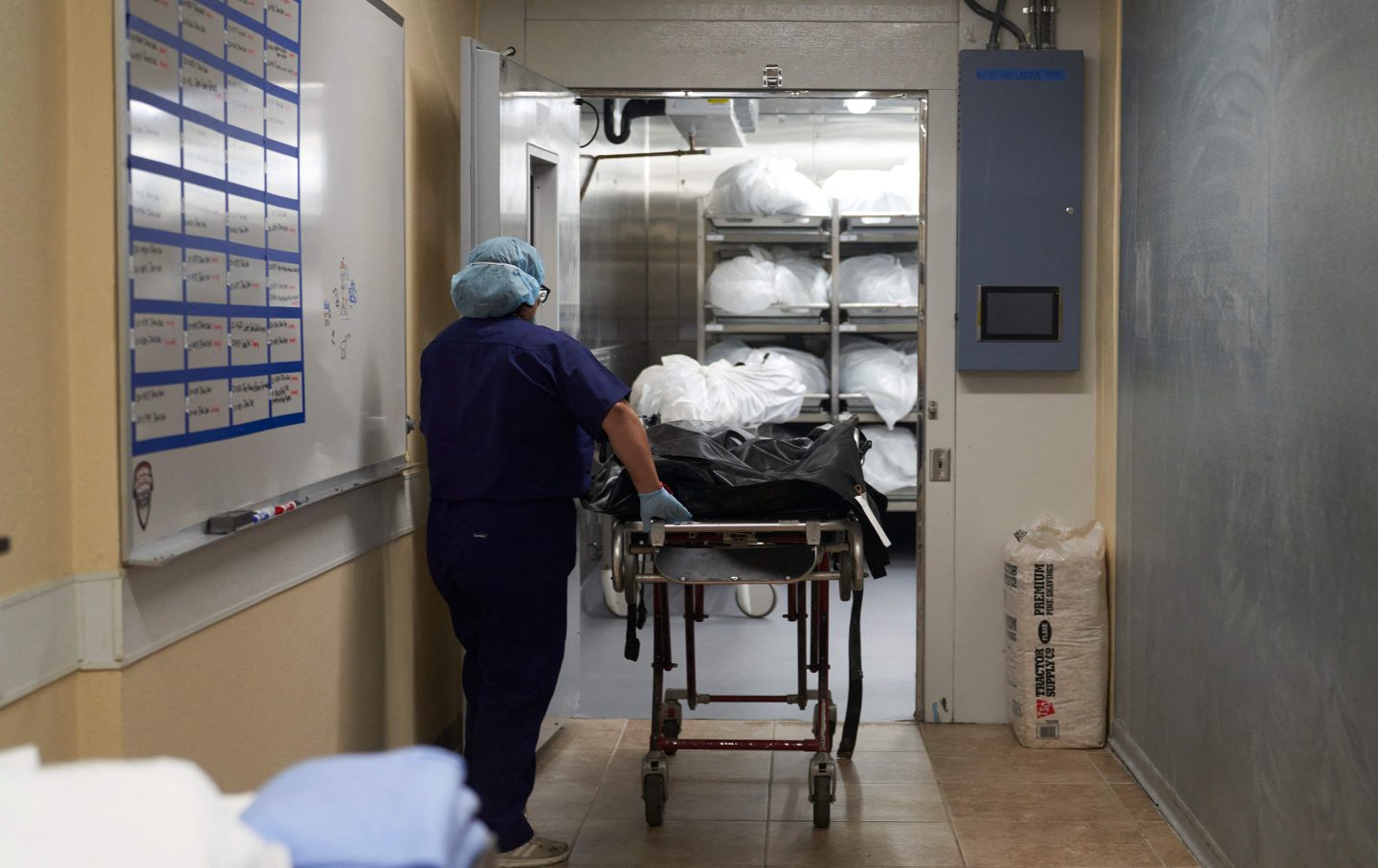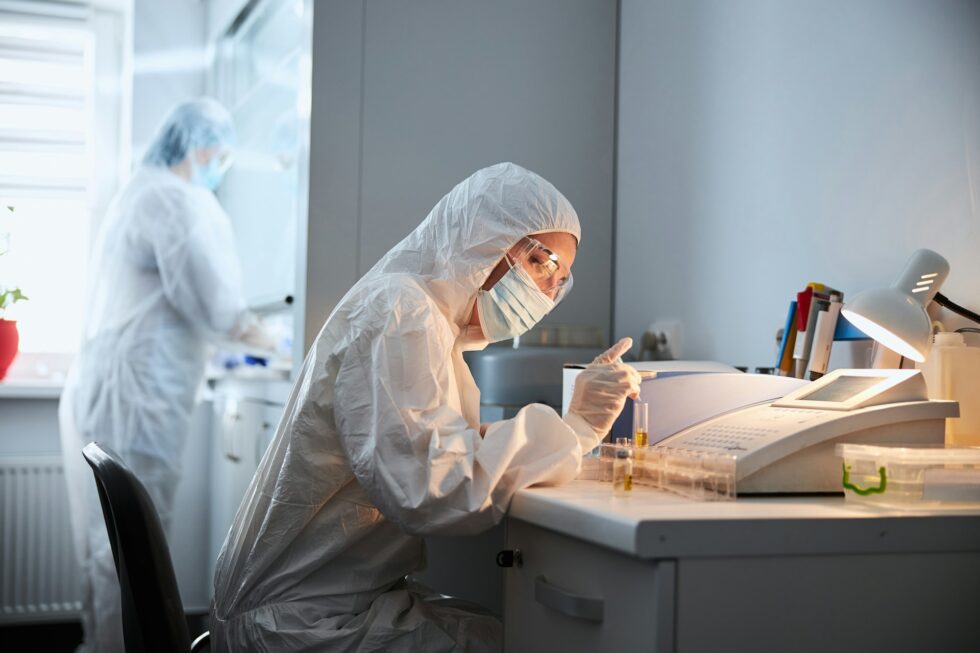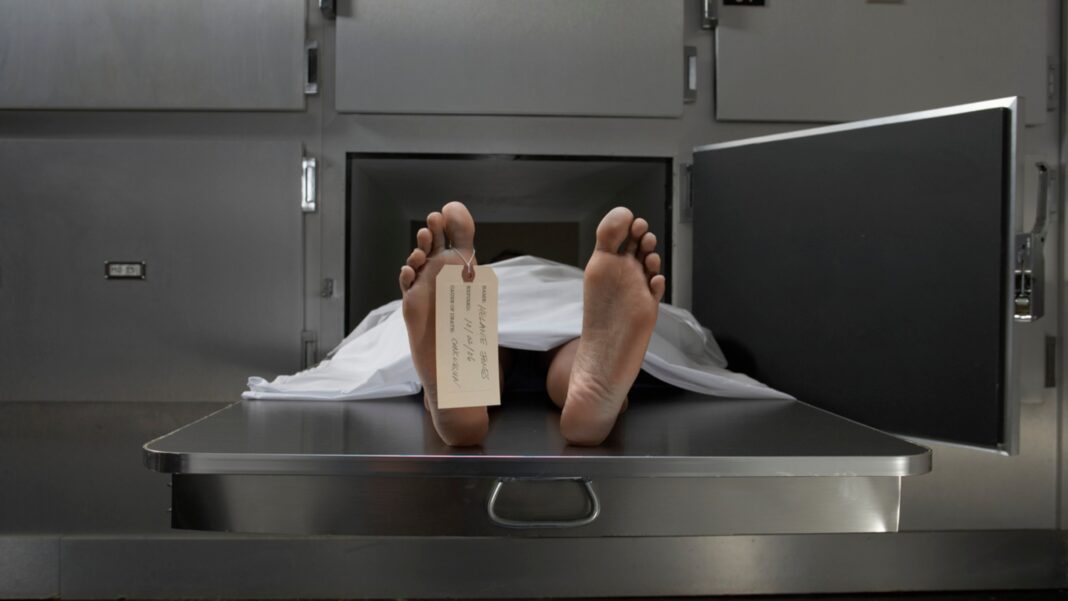On 8th July 2025, a court official broke a locked flat in the posh Defence Phase VI area of the city of Karachi and found nothing but bones and shredded pieces of garment, the skeletal remains of an actress, Humaira Asghar, who had disappeared in the eyes of the public a few months before. The house rent was not paid in months, she had left stale groceries in the fridge back in September 2024, and her phone settled into a period of silence in the first week of October.
An early report of the autopsy, published on July 11, 2025, the corpse was found in an advanced state of decomposition, and soft tissues were poorly preserved. The facial muscles were entirely decomposed, and the fingers and nails were rotten so that they were more than just bare bones. The muscle tissue was completely missing in several parts of the body, and the bones were so weak that they started crumbling when they were touched.
There was a full stage of decomposition in the brain by autolysis, and the internal organs had turned into a black colored mass. There was a complete absence of joint cartilage. Regardless of all this decomposition, bone fractures were not identified. The head and the spine were structurally intact, but the spinal cord was absent. There was also a sight of brown colored insects, especially in the hair, but there were no maggots perceived [1].
The timeline confusion was caused by the fact that early police suspicion was calculated as weeks, opponent to phone data analysis, pointing to October 2024. The investigators now tend to believe the latter, which is that the corpse was found after 9 months [2].
Buzz raged in the social media: “A post-mortem is useless! This late?”
Well, remains still provide a story after soft tissue has gone, even though our listening will have to be different. Let’s have a broader view of the role and occupation of modern forensics in linking up to the dead and being able to “hear” the dead much longer, after the secrets of the dead body have been dissolved by time.

Now few questions may arise in the mind of the reader. Like, what are the responses that one can get as a result of skeletonization? However, can we still have a useful autopsy? And why do we have cases on “cause of death reserved”?
Let’s find answers to your questions:
The decomposition of the body depends on the dependability of environmental conditions, such as temperature, humidity, and exposure, as well as the enclosure of the body inside a room. But this degree of breakdown usually needs some weeks or a few months. Autolysis is the self-digestion of cells with the help of their enzymes of the body. The human brain is soft and rich in enzymes.
Thus, it turns into sludge very rapidly, liquefying in most cases during the initial stages of the decay. Various body parts decompose at varying rates. Protected structures such as the skull and spine, and hard tissues such as bones, take longer, and soft bodies like muscles and organs decompose sooner, both in warm weather as well as wet weather [3].
The missing maggots may indicate that the body had not been outside to the open for a long period, or the actions of the insects occurred earlier, and the larvae had already grown up and departed. It further indicates that the body was covered in a dry environment or a closed area [4].
Blackening of the organs depicts that the organs have lost their form and have turned into a liquid mass in the case of advanced decay. It is black due to the breakdown of tissues, bacterial activity, and the release of gas. The forensic scientists refer to the careful visual inspection, X-rays, or CT scans to search the evidence of trauma. In weakened bones, it is common to find breaks or old fractures still visible [5].
Cartilage is slower to decompose in comparison to soft tissue, but quicker as compared to bone. Its lack indicates the fact that the body has been decomposing already over a significant period of time, most probably months.
When flesh is gone, important clues such as bruises, hemorrhage, and organ pathology vanish. The surgeon reserves judgment until chemical lab tests return. Skeletonization is the last change in the human body during the process of decomposition, when all we are left with are bones (or, in rare cases, tendons or hair). Although not much information can be obtained when soft tissues are not present, a lot of data can still be obtained by forensic investigators.
Among important responses or insights that can be gained by using a skeletonized body are: DNA elements that can be derived from heavy pieces of bones (e.g., femur, teeth) to determine identity or blood kinship. Identity can be proved by matching the structures of the dentition to recognized dental records. It is possible to approximate the appearance of a person using skull characteristic features with the help of forensic artists or with the help of special programs.
The presence of bone fractures may refer to any blunt force or gunshot injuries, and sharp force (e.g., knife cuts). Bones can contain heavy metals, drugs, or poisons. Hair Analysis provides a time scale of drug and toxicant exposure by week or month. Activity of insects in the surrounding environment may give time-since-death estimations. Color, cracking, and wearing on bones contribute to estimating the period of exposure the body has had.
Although there is no more flesh except the skeleton remains, through the expertise of well-trained forensic scientists, the skeleton can testify. Each of the responses contains a very important piece of the puzzle to know who the individual was, how they lived, and how they died. It is not an impossible autopsy. To attempt to determine the cause of death, experts consider the bones, any injury patterns, toxicology, and DNA evidence, even in the absence of soft tissues [6].
Cause of Death!
Another common notation placed on the cases is the label of “cause of death reserved” in situations where the forensic pathologist cannot ascertain the cause of death immediately after the post-mortem report. There are cases when the body does not have any distinct external or internal damages.
In this instance, the pathologist would have to await a toxicology result (to drug, poison, etc.), a histology report (samples of tissue), or a microbiology report to make a final decision. Soft tissue evidence is destroyed in cases where the body is lying in a poor condition, stained with skeletal remains, or burnt, due to which it becomes hard to detect things like heart attack, suffocation, or internal bleeding. The cause of death can even be held pending by the experts to search elsewhere, like bone break, toxicology, or DNA.
In cases when there is no serious trauma, pathology, or possible defect during an autopsy, it is difficult to say that the person died because of a particular reason without further examination. Some of the results might demand the study of a forensic toxicologist, neuropathologist, or radiologist.
The pathologists withhold the cause until they get the expert opinion. Withholding the cause will spare the forensic team the need to make conclusions prematurely or inaccurately. A rapid verdict might lead investigators or the families, or a court astray, particularly in delicate or high-profile situations.
Science of Human Decomposition
Once death strikes, the biology of the body then follows a definite course, which is called as sequence of decomposition. Under the fresh stage (02 days), the body cools down, the body stiffens with rigor mortis, and the initial population of insects, most commonly flies, lay eggs. This is then followed by the bloat stage (2-7 days) when the gas produced by the bacteria accumulates to cause the swelling to be noticeable, the skin starts to take a marbled effect as the blood vessels break, and the outer skin can begin to peel off.
Then the active stage of decay (1-3 weeks) occurs, when tissues liquefy and seepages of body fluids and a powerful, unpleasant odor are emitted. At the advanced decay phase (1-6 months), a good portion of the body mass is lost, the inner worrying hollows out, bones are incipient, as soft tissues are being eaten.
At last, the dry or skeletal stage is achieved (months or years), by which bones, hair, and some dried tendons are left. This development may differ depending on the environmental factor, but in most cases, there is a fairly consistent route as reported by forensic materials such as the NCBI.
The coastal climate of Karachi is conducive to a rapid fulfillment of such steps through heat, humidity, and insect (worm) accessibility, but even in literal dry bones, there survive molecules. Drugs may adsorb into hair keratin, DNA may conceal itself in cortical bone, proteins and microbes take part in measured mutation.

The Post-Mortem Laboratory Toolbox
Many post-mortem techniques can be employed by a forensic scientist to find evidence, even where the soft tissue has been disintegrated. Traditional autopsies are good in detecting fractures, bullet injuries, and diseases of the organs, but they lose their value when there is loss of the soft tissues, bones, and teeth are still important sources of information. Compared to this, radiology methods such as CT or MRI, also known as Virtopsy, are much more effective in testing invisible fractures, metal or air embolisms, not to mention bones and even mummies [5].
Immunohistochemistry and histology depict cell-level damage and disease, but only when tissue is preserved, and so are not well suited to advanced decay. However, the body might have decayed, and yet toxicology could still detect drugs or poisons right down to those sources that are highly persistent, like hair, bone marrow, and adipocere [7].
Attributable to the preservation of dense skulls and teeth, the DNA profiling remains one of the most trusted methods of ascertaining individuality and kinship [8]. The use of forensic entomology and botany allows estimating the post-mortem interval (PMI) as well as determining the relocation of a body since insect activations are observed even in the absence of soft tissues [9].
When people find a dead body in a situation of advanced decomposition, it could appear that it is not possible to reveal the truth about the history of the events. The skin, the muscles have disappeared, and essential organs have become sludge. What explanations are there left? However, this is where forensic science starts preaching on behalf of the dead.
Forensic science still speaks even after the flesh decayed long ago, suggested by the presence of bones, hair, insects, and even microbial remains. Whether it is a fragment of evidence full of degradation itself or otherwise, it potentially holds one truth that can satisfy justice, safeguard the health of people, and give closure to grieving families.
Forensic science can still interpret its deeper chapters that are captured inside hair, bones, and insects. It is with such ways that the dead proceed to testify, they do this in silence but it is powerful evidence when it comes to uncovering the truth.
Science can speak, even when the body can no longer speak.
References:
- https://www.thenews.com.pk/latest/1327718-post-mortem-confirms-actor-humaira-asghar-died-nearly-10-months-ago
- https://www.arabnews.pk/node/2607546/pakistan
- https://link.springer.com/chapter/10.1007/978-1-59745-327-1_14
- https://link.springer.com/chapter/10.1007/978-1-4020-9684-6_1
- https://www.sciencedirect.com/science/article/abs/pii/S0272271218301690
- https://onlinelibrary.wiley.com/doi/abs/10.1002/9781118384213.ch3
- https://pubmed.ncbi.nlm.nih.gov/29300918/
- https://ejfs.springeropen.com/articles/10.1186/s41935-021-00216-8
- https://www.mdpi.com/2075-4450/16/4/381
Also read: Cracking the Enigma of Crimes by Nanotechnology with Dr. Shahid Nazir Paracha
Anam Ilyas holds an MS Forensic Chemistry from Government College University, Lahore. She is a science enthusiast with a great love for explaining complex topics in simpler ways. She aims to bridge the gap between scientific research and the general public through her writing. When she is not writing or talking, you can find her lost in a book or making ideas come alive through her drawings.

